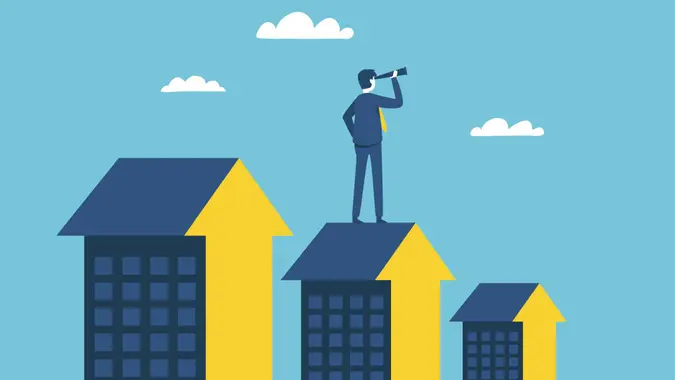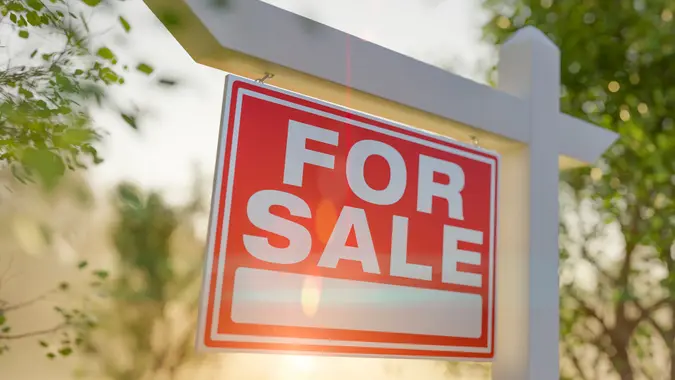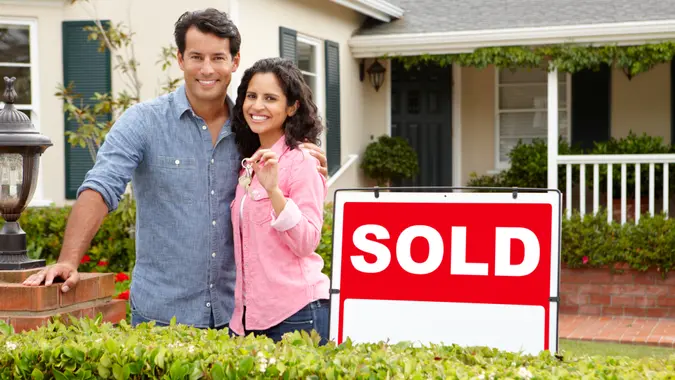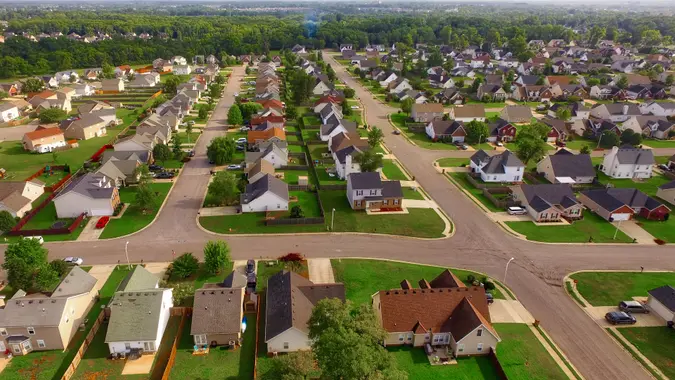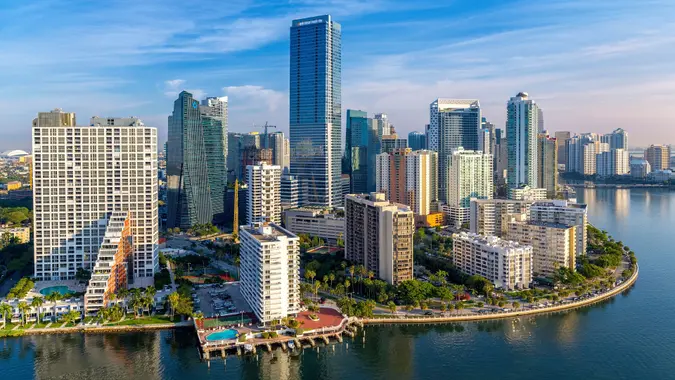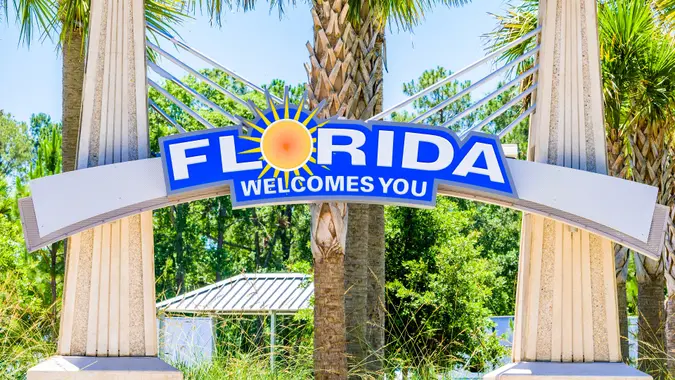Grant Cardone’s 3 Warnings About the Housing Market (And How It Affects Your Money)

Commitment to Our Readers
GOBankingRates' editorial team is committed to bringing you unbiased reviews and information. We use data-driven methodologies to evaluate financial products and services - our reviews and ratings are not influenced by advertisers. You can read more about our editorial guidelines and our products and services review methodology.

20 Years
Helping You Live Richer

Reviewed
by Experts

Trusted by
Millions of Readers
Grant Cardone has built a reputation for making bold predictions about real estate trends. Whether you believe his forecasts or not, he has strong opinions on how the market could soon shift.
Below are three warnings Cardone shared recently, and how they might affect your money.
Rent Might Soar Over the Next Decade
One of Cardone’s most recent predictions is that the average rent in the U.S. could nearly double in the next 10 years. He believes the average monthly rent, currently at about $2,000, could climb to around $3,000 by 2034.
Mortgage interest rates are currently high, which makes the cost of homeownership even more out of reach for many people. When ownership costs rise, many people need to rent instead, boosting rental demand. Cardone also argues that new property development has slowed, especially in the multifamily sector, where projects can take years to finish and costs have gone up.
If rent increases quickly while paychecks don’t keep up, a big portion of the population could struggle. Cardone predicts that rent will rise in areas like Florida, Texas, Alabama and the Carolinas, where many people have moved to escape pricier states. Over time, those lower-cost areas might see big rent spikes as well, narrowing the gap between them and higher-cost areas like San Francisco.
Reversed Gap Between Owning and Renting
Cardone also points out a recent report that shows it’s cheaper to rent than to own in all 50 states, with some areas seeing a 60% difference. This gap is unusual because owning has often been seen as the wiser long-term choice.
Many real estate investors have made profits by renting out homes and using that rental income to pay off their mortgages. Now, though, high interest rates have turned that math upside down. A monthly mortgage payment that used to cost around $2,000 per month a few years ago may now be closer to $3,000 due to the higher rates. On the other hand, many renters pay around $2,000 monthly. Cardone calls this imbalance temporary — if mortgage rates remain high, the average rent will keep climbing until it bridges the gap.
Real Estate Correction Creating ‘Deals’ in Multifamily Housing
Cardone also says this may be an interesting time for investors because many apartment complexes and offices are under financial pressure. He notes that the cost of building new complexes can be much higher than the cost of buying existing ones right now. For instance, he says he purchased a property at around $225,000 per unit, whereas building the same complex today would cost $350,000 or more per unit.
He views this gap between replacement costs and current prices as a sign that many existing properties are undervalued. According to Cardone, anyone who can pool enough money to invest in multifamily units, especially in areas where rent costs are set to grow, may see significant returns once the economy stabilizes. However, there’s also a risk — those who borrow at the current rates might be stuck with large monthly payments, and if the rent doesn’t rise as fast as expected, they could be in trouble.
Cardone’s warnings revolve around a few core ideas: Higher mortgage rates may keep many people renting, rent payments might rise faster than wages and a potential correction in the real estate market could bring both opportunities and risks. The key for most people is to budget carefully, track the market trends and avoid stretching themselves too thin.
More From GOBankingRates
- Nearly 1 in 3 Americans Hit by a Costly Holiday Scam, Norton Survey Shows -- How To Avoid This
- Here's What the Average Social Security Payment Will Be in Winter 2025
- How Middle-Class Earners Are Quietly Becoming Millionaires -- and How You Can, Too
- The Easiest Way to Score $250 for Things You Already Do
 Written by
Written by  Edited by
Edited by 





